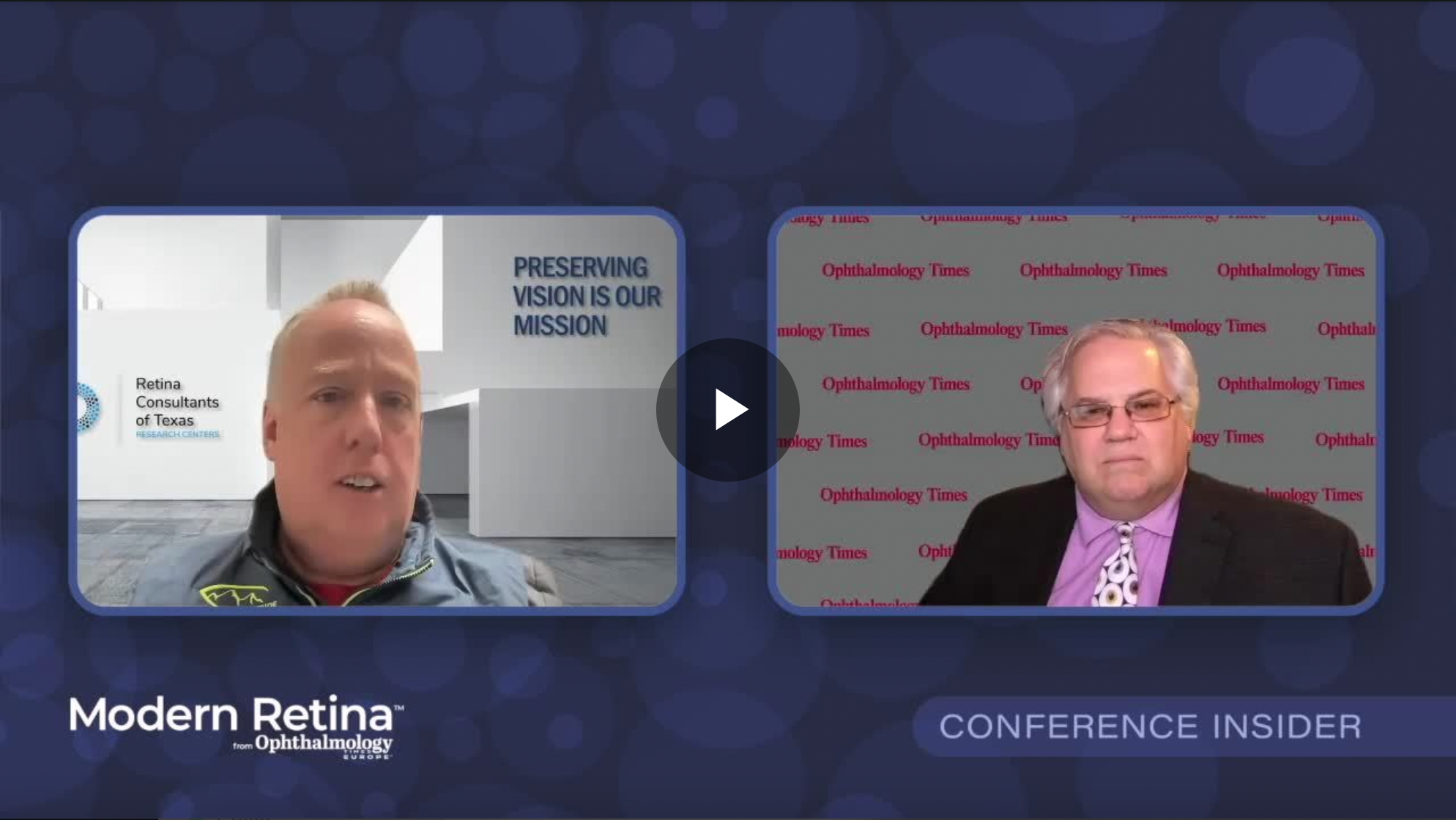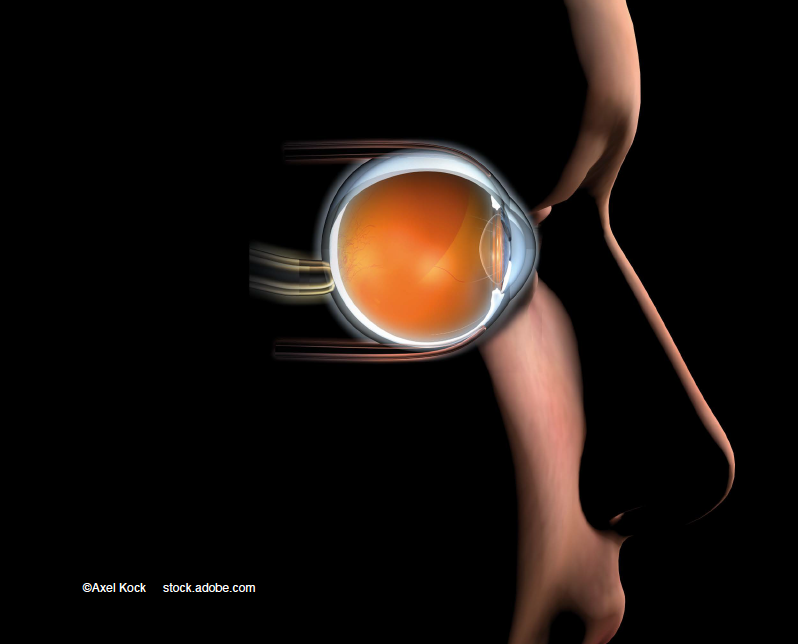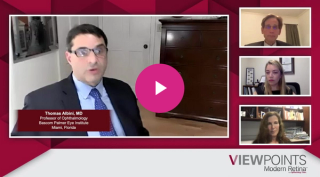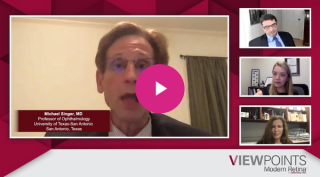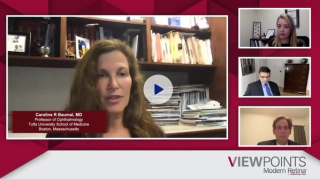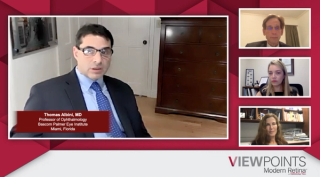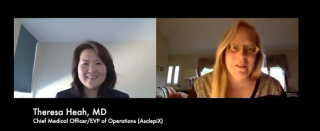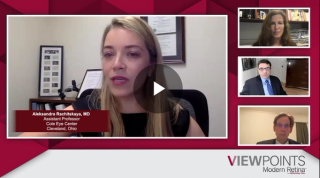
Wet AMD
Latest News

Latest Videos

CME Content
More News
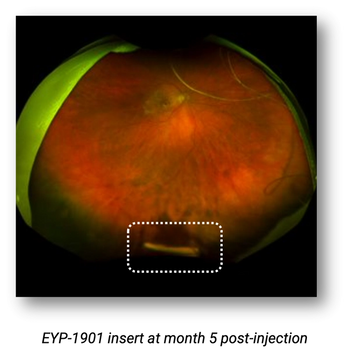
Previously treated patients showed significantly reduced treatment burden.
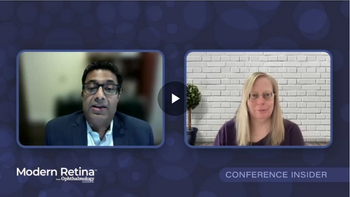
At Angiogenesis, Dr. SriniVas R. Sadda discusses how choriocapillaris may predict the rate of progression of atrophy.

According to the companies, a social media initiative will include donation to Prevent Blindness’ Sight-Saving Fund.
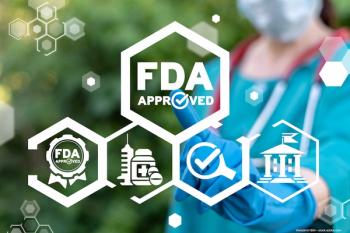
Genentech’s treatment of faricimab is the first and only FDA-approved medicine targeting two distinct pathways, angiopoietin (Ang)-2 and vascular endothelial growth factor (VEGF)-A, that often cause retinal diseases that may cause visual loss.

A team of investigators are working on a simple test that may someday identify those who can stop therapy.

Across four studies, about half of eligible faricimab patients were able to go 4 months between treatments, and approximately three-quarters could be treated every 3 months or longer. Two papers published in The Lancet highlight one-year results.
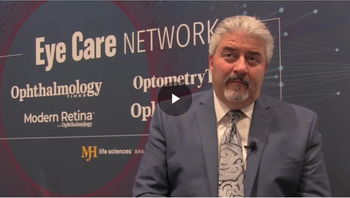
Firas Rahhal, MD, discusses Outlook Therapeutics’ Phase 3 pivotal NORSE TWO trial for ONS-5010.

ASCENT, REGENXBIO’s Phase III clinical trial conducted in partnership with AbbVie, is expected to enroll patients in the United States and Canada, with pivotal trials expected to support BLA submission for RGX-314 in 2024.

In light of another unprecedented year filled with technological advancements and pivots as a result of the pandemic, Joshua Mali, MD, offers his top 5 predictions in ophthalmology for 2022.
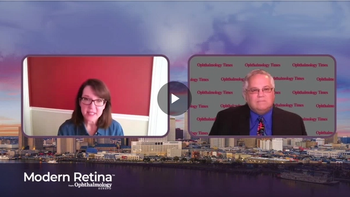
Jill Hopkins, MD, discusses results from phase 3a of the Merlin trial for brolucizumab as a treatment for wet AMD and provides updates on KESTREL and KITE trials for the treatment of diabetic macular edema.
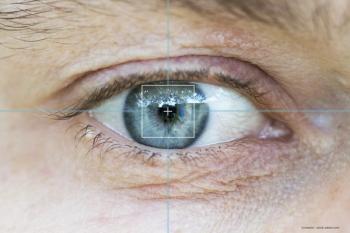
Patients can get real-time disease monitoring with self-operated device.
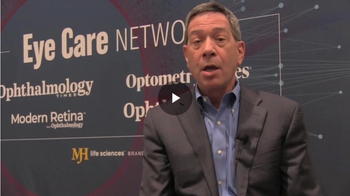
Jay Duker, MD, discusses EYP-1901, EyePoint Pharmaceuticals’ sustained-release anti-VEGF drug for the treatment of wet AMD.
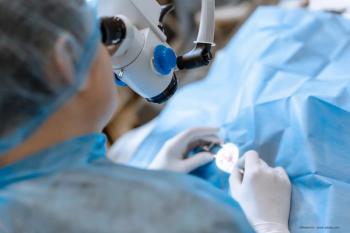
Options facilitate increased durability for patients with retinal degeneration.
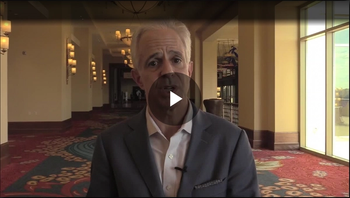
Carl Regillo, MD, takes us through the history of the port delivery system, from ideation to FDA approval.

Susvimo, previously called the Port Delivery System with ranibizumab, is a first-of-its-kind therapeutic approach for wet AMD and may help people with the disease maintain their vision with as few as two treatments per year.

During a presentation at the EURETINA 2021 Virtual Congress, Prof. Ben Burton detailed how dry AMD patients treated with photobiomodulation therapy have seen improvements in best-corrected visual acuity 9 months after treatment.
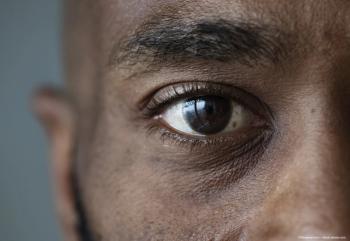
Findings from the Archway trial showed that the PDS effect is long-lasting, consistent, and comparable to those seen with monthly injections.

Outlook Therapeutics completes Phase 3 NORSE TWO safety and efficacy trial for ONS-5010, an investigational ophthalmic formulation of bevacizumab for treatment of wet AMD.

If approved, Genentech’s treatment of faricimab will be the first and only medicine targeting two distinct pathways, Ang-2 and VEGF-A, that often cause retinal diseases that may cause vision loss.

Investigators have found that 78% of neovascular AMD cases have been detected using the PHP home monitoring system.
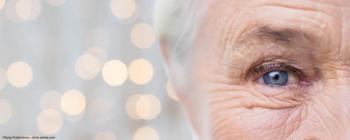
If approved, PDS ranibizumab would become the first and only eye implant with continuous drug delivery, offering an alternative to more frequent anti-VEGF injections for people with wet AMD.
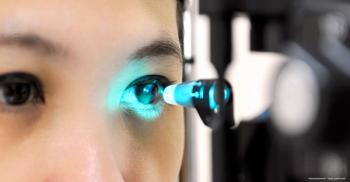
Investigators corroborate the hypothesis that retinal ganglion cells with dendrites stratified in the off sublaminae could be damaged.
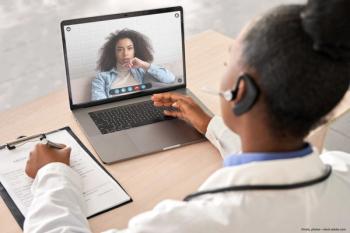
Amid pandemic, physicians and patients have embraced remote technology.
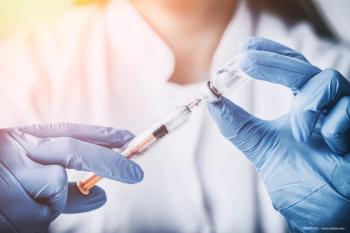
An updated PDS procedure reduces complications.

The not-for-profit vision and healthcare organization breaks ground on premier Technology Center for assistive technology for people with vision loss.

